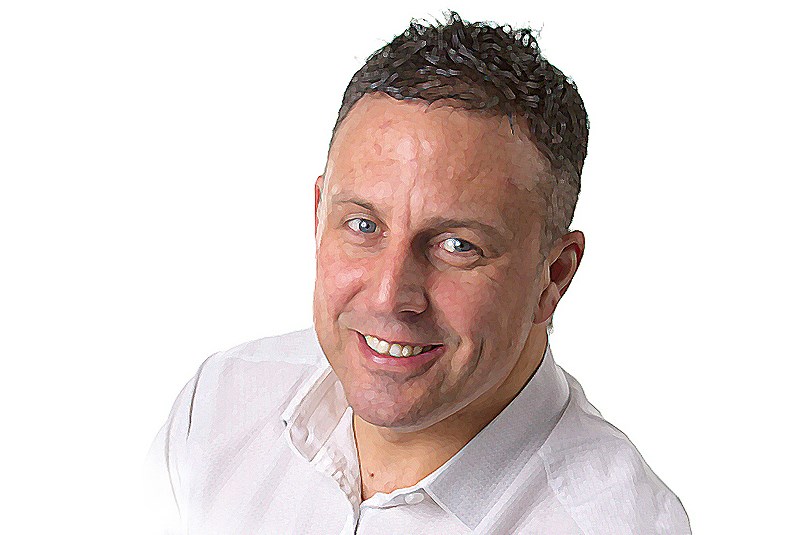Dealers are reporting a slowdown in business as consumer demand drops, with the majority expecting a 10% fall in new car sales in 2017.
According to research in November by Cap HPI more than half (56%) of dealers indicated demand had worsened and a quarter (25%) reported little or no change.
A fifth (19%) buck the trend, reporting an improvement.
Cap HPI also found that the gap in terms of overall performance is widening between larger dealership groups and smaller independent supporting the idea that scale creates cash flow and buying power.
Online activity
For 2016, November has the highest number of dealers indicating an online decline (59%). 16% reported an increase as with last month and the remaining dealers (25%) saw little change.
Responding to overall stock levels, over a third (38%) of dealers reported improving stock availability, with a further third (33%) saying it had deteriorated since October. 29% of dealers said they’d seen little or no change since last month.
36% of dealers anticipate new car sales in 2017 to reduce by up to -10%, and 9% felt the overall registration volumes in 2017 compared to 2016 could decline by in excess of -10%.
29% believe that the market could remain level, and a more optimistic 27% expect the market will see further growth.
80% of dealers anticipate the used car sales market in 2017 could remain level or even increase compared to 2016, with 43% reporting, it could increase as much as +10% or more.
Philip Nothard (pictured), consumer and retail specialist at Cap HPI, said: “The larger operators now have one eye fixed on the closing months of the year and the other on 2017, preparing for a strong start to the year.
“Generally, dealers appear to be welcoming the benefit of volumes by being selective over what they invest in; however, as usual for this time of the year, the good, better quality product is still attracting high interest.”
Dealer survey overview summary
• Consumer demand has seen again the highest decline for 2016, 56% of those responding, indicating; it had worsened and 25% citing little or no change, and the remaining 19% bucking the majority, reporting an improvement.
• October has seen the third-lowest number of dealers reporting an increase, with as little as 15% compared to the highest for 2016 in January of 69%, and the majority of 69% experiencing a decline in physical footfall.
• Online activity, similar to the physical footfall, November as the highest number of dealers indicating a decline, with 59% and those citing an increase level with the 16% reported in October and the remaining 25% experiencing little change.
• Those reporting compression in retained margins returns to the high forties, with 46% citing, they had experienced a squeeze since last month, with those indicating an improvement holding on to double figures of 11% and the remaining 43% reporting they continued about the same.
• November has seen 38% reporting that stock availability has improved, with 33% saying, it had deteriorated since October and 29% citing little or no change.
• The results for finance penetration remain in line with the year- to-date, with the highest this year, specifying little or no change since October; however, a fifth cited a decline, a significant improvement to the 33% in October, and only 11% experienced an increase.
Q4 sentiment – 2017 new and used market
• 36% of those responding, indicated that they anticipated new-car sales in 2017 to reduce by up to -10%, and 9% felt the overall registration volumes in 2017 compared to 2016 could decline by in excess of -10%. As much as 29% felt the market could remain level, and 27% indicated the market could see further growth.
• The majority of 80% cited the used-car sales market in 2017 may perhaps remain level or even increase compared to 2016, with 43% reporting, it could increase as much as +10% or more. A fifth of those responding, cited that is could decline, and 8% felt it could reduce by over -10% on the forecast 7.6m in 2016.
• A third felt that the overall new and used sales market in 2017 would remain level with the 2016 result; however, the majority of 35% indicated we could experience further growth of as much as +10% or more, and the remaining 32% felt it could decline.

















Login to comment
Comments
No comments have been made yet.